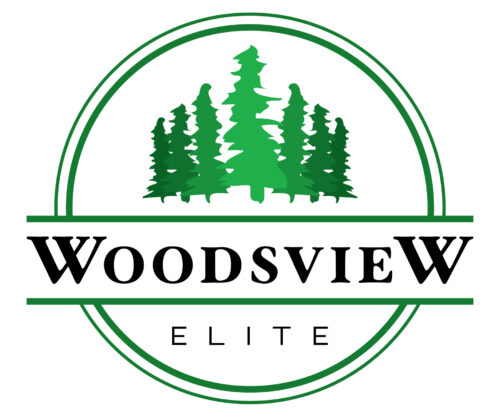Timeless Transformations: The Evolution of Home Design Through the Decades
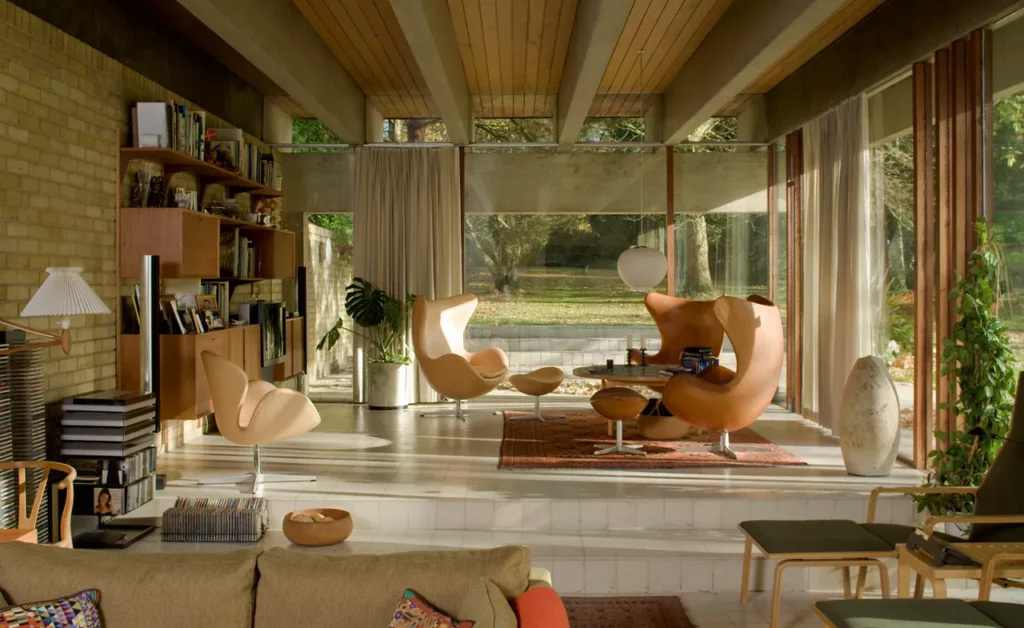
Hello, everyone! Tyler Vass here and the evolution of home design from the early 20th century to the present day is a rich tapestry woven with distinct architectural styles. Each style reflects the cultural, technological, and societal shifts of its era. This blog aims to showcase how architectural styles have adapted and evolved in response to changing times, providing insights into the broader cultural and technological forces that have influenced home design over the years.
Early 20th Century: Embracing the Elegance of Craftsman and Art Deco Designs
The early 20th century was a transformative period for home design, marked by two distinct architectural styles: Craftsman and Art Deco. These styles emerged in response to their respective eras’ cultural and technological shifts, leaving a lasting impact on the architectural landscape.
Craftsman Homes (1900s-1930s)
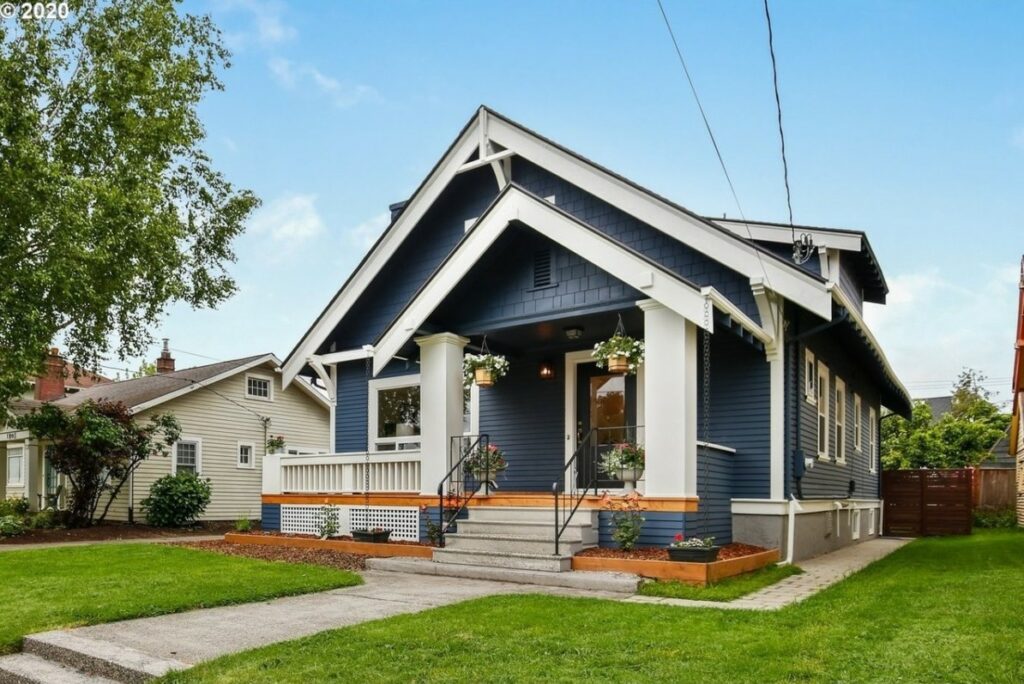
Craftsman homes, also known as Arts and Crafts homes, emerged in the early 1900s as a reaction against the Industrial Revolution’s mass production. This movement celebrated craftsmanship, natural materials, and a connection to nature. The hallmark features of Craftsman homes include:
- Handcrafted Woodwork: Renowned for its meticulous attention to detail, particularly in woodworking, Craftsman homes featured intricately designed built-in furniture like bookcases and window seats, along with exposed beams and rafters that showcased the beauty of natural wood.
- Built-in Furniture: Functionality and aesthetics were harmonized through built-in elements. Cabinets, benches, and shelving were seamlessly integrated into the home’s design, providing utility and visual appeal.
- Large Porches and Overhanging Eaves: Expansive front porches invite homeowners to enjoy outdoor living and connect with nature. Overhanging eaves provided shade and protection from the elements and enhanced the home’s architectural depth.
Craftsman homes embodied a philosophy valuing simplicity, durability, and harmony with the natural environment. This style remained popular through the 1930s, leaving a legacy of charming, handcrafted homes that remain cherished today.
Art Deco (1920s-1930s)
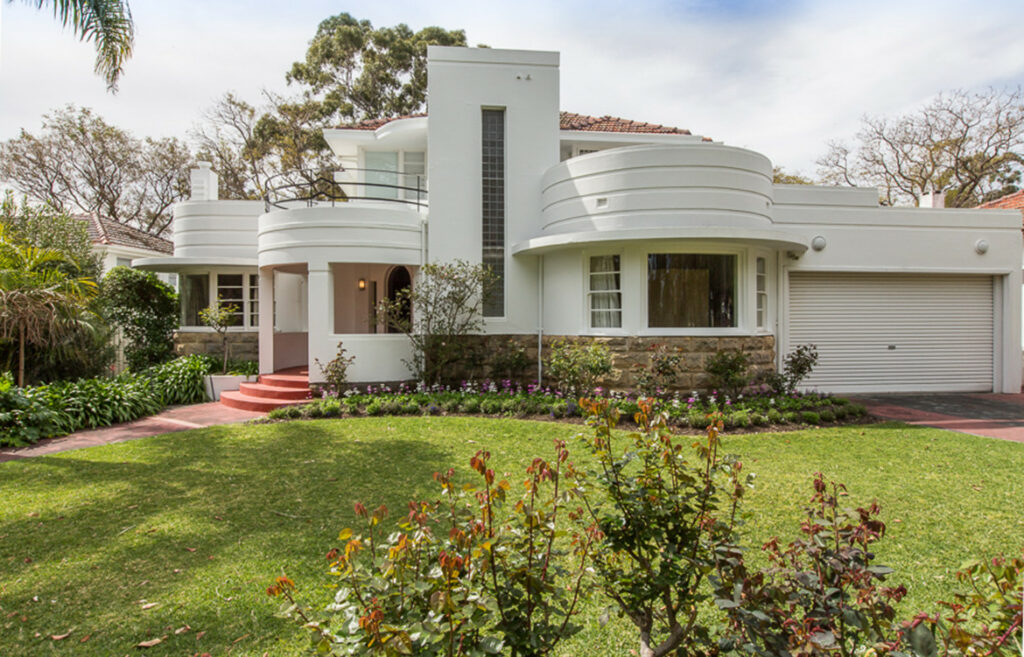
As the world moved into the 1920s, a new architectural style emerged, reflecting the era’s fascination with progress, technology, and modernity. With its bold geometric shapes, vibrant colours, and lavish ornamentation, Art Deco became synonymous with the glamour and exuberance of the Roaring Twenties and early 1930s.
- Bold Geometric Shapes: Art Deco architecture is instantly recognizable by its solid and geometric forms. Zigzags, chevrons, and stepped patterns were commonly incorporated into the design of buildings, creating a sense of movement and dynamism.
- Vibrant Colors: Unlike the muted tones of Craftsman homes, Art Deco embraced a palette of vibrant and contrasting colours. Bold hues like gold, silver, black, and red were used to create striking visual effects.
- Lavish Ornamentation: Ornamentation in Art Deco was often extravagant, reflecting the era’s opulence and optimism. Buildings were adorned with decorative elements such as sunburst motifs, stylized floral patterns, and intricate metalwork.
Art Deco represented a celebration of modernity and technological advancement. It was a style that captured the spirit of its time, combining aesthetics with a sense of progress and innovation. Though its popularity waned with the onset of the Great Depression, Art Deco left an indelible mark on architecture, influencing everything from skyscrapers to movie theatres.
In summary, the early 20th century was a period of rich architectural diversity, with Craftsman and Art Deco styles offering contrasting yet equally compelling home design visions. Craftsman homes emphasized handcrafted beauty and a connection to nature, while Art Deco celebrated the glamour and dynamism of modern life. Together, they reflect the evolving tastes and aspirations of an era marked by profound social and technological change.
Mid-Century Modernism: Celebrating Simplicity and Utility (1940s-1960s)
The mid-20th century was marked by significant societal and technological changes reflected in the era’s architectural and design movements. Mid-century modernism emerged as a dominant style during this time, emphasizing functionality, simplicity, and integration with nature.
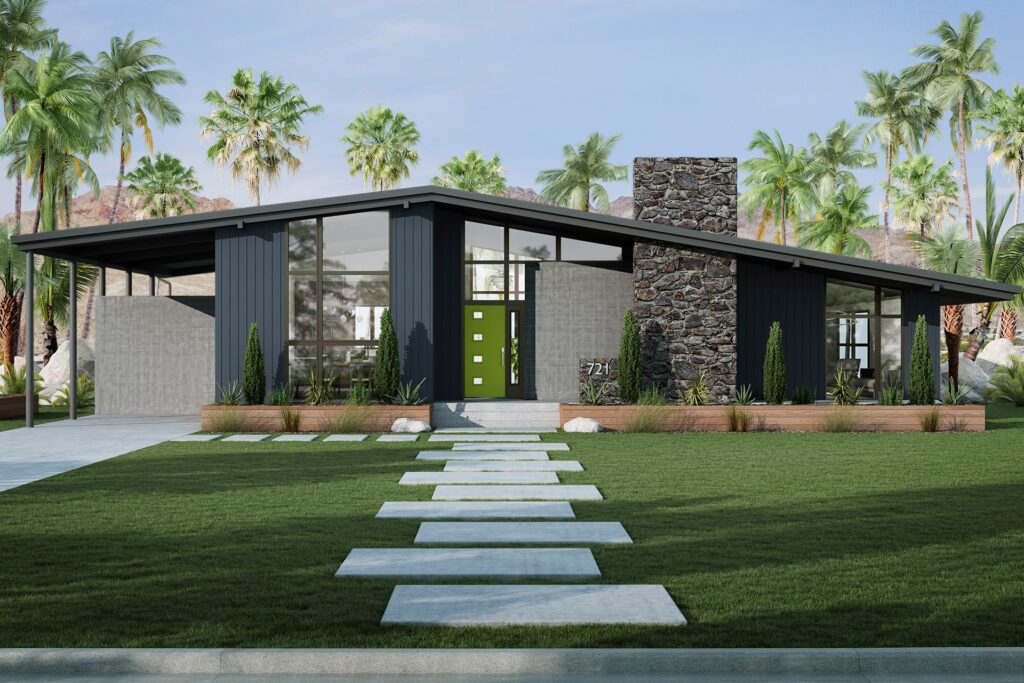
Following World War II, a surge in demand for housing arose as soldiers returned home and started families. This post-war boom led to a focus on building affordable, functional homes quickly and efficiently. Mid-century modern homes from this period, with their open floor plans, large windows, and integration with nature, were a testament to practicality and resourcefulness. Open floor plans created a sense of spaciousness and allowed for flexible use of space, enhancing the flow of living areas and making homes feel larger than they were. Large, expansive windows fostered a connection with the outdoors, allowing abundant natural light and providing unobstructed views of the surrounding environment, blurring the lines between indoor and outdoor spaces. Additionally, the design philosophy emphasized harmony with nature, with homes often built using materials that complemented their surroundings and incorporating landscaping to create a seamless transition between interior and exterior.
Technological advancements during the mid-20th century also profoundly impacted architecture and construction. Introducing new materials like steel and plywood, along with prefabricated elements, revolutionized home design. Steel allowed for the creation of more robust, more durable structures with slimmer profiles, while plywood provided a versatile and affordable option for building and furnishing homes. Prefabrication became a popular method for streamlining construction and reducing costs, as components could be manufactured off-site and assembled on-site, speeding up the construction process and ensuring consistent quality. This approach was beneficial for meeting the high demand for housing during the post-war period.
The combination of these elements resulted in homes that were not only functional and aesthetically pleasing but also accessible to a broader segment of the population. Mid-Century Modernism’s focus on simplicity, functionality, and innovation made it a defining architectural style of the 1940s through the 1960s, marking a bold departure from ornate, traditional designs. This departure, characterized by clean lines, open spaces, and a deep connection to nature, was a testament to the boldness and innovation of the era. In summary, Mid-Century Modernism represents a pivotal moment in architectural history, characterized by a departure from ornate, traditional designs in favour of clean lines, open spaces, and a deep connection to nature. This era’s embrace of new materials and construction techniques also paved the way for future innovations in home design and construction.
Late 20th Century: Blending Styles and Embracing Tech (1970s-1990s)
The late 20th century was a dynamic period for home design, characterized by a blend of various architectural styles and the introduction of early smart home technology. This era saw homeowners and architects experimenting with diverse design elements while technology began to make its way into everyday living spaces.
Eclectic Styles: Blending Architectural Elements
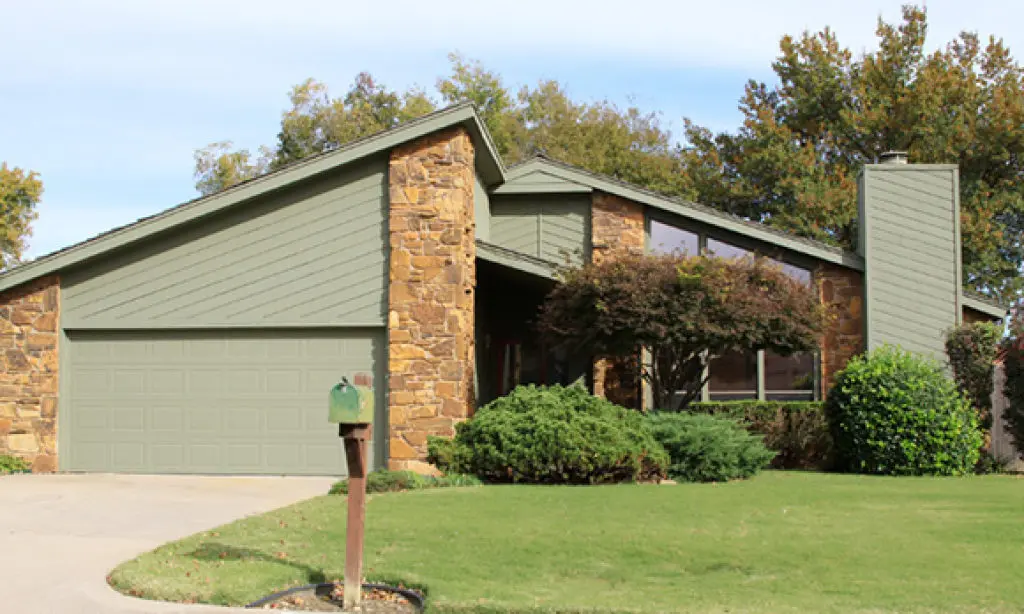
During the 1970s to the 1990s, eclecticism became a prominent trend in home design. This approach involved mixing and matching architectural elements from different periods and regions, creating unique and personalized homes. Key characteristics of this trend included diverse influences, where homes often featured a combination of traditional and contemporary design elements. For instance, a single home might incorporate Victorian-style trim, modernist furniture, and rustic, country-inspired decor. Personal expression was a hallmark of eclecticism, allowing homeowners to showcase their tastes and personalities through living spaces. This freedom led to highly customized interiors, where every room could tell a different story. The innovative use of space was another notable aspect, with fewer rigid rules encouraging creative and unconventional layouts. Open floor plans might coexist with cozy, partitioned areas, creating a dynamic and versatile living environment. This approach reflected a broader cultural shift towards individualism and personal expression, providing greater creativity and flexibility in home design.
Smart Home Beginnings: Technological Integration
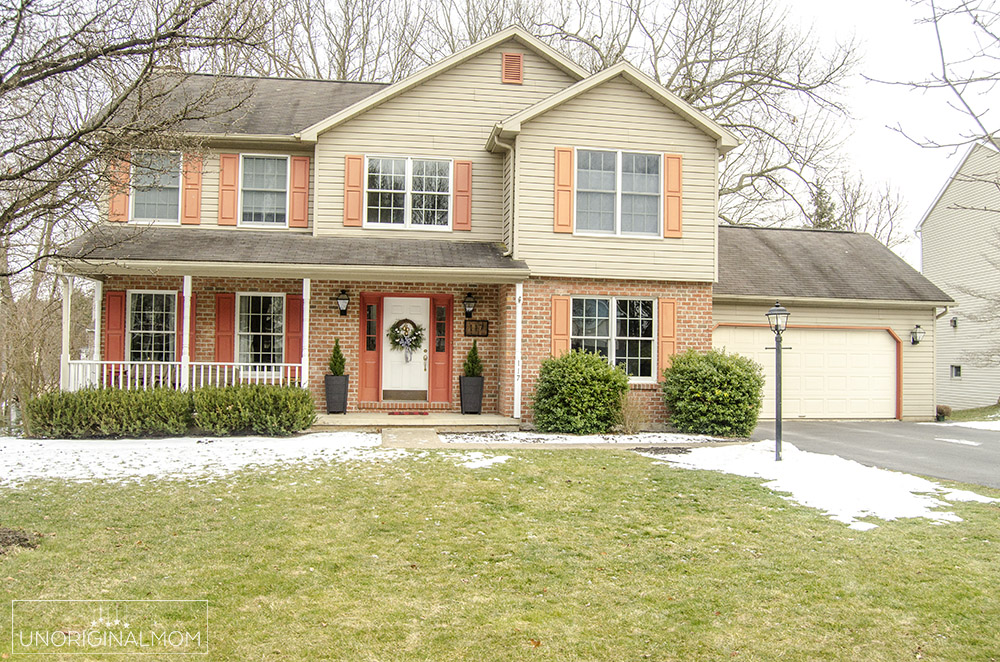
The late 20th century was not just about eclectic styles, but also marked the dawn of the smart home revolution. While today’s homes are increasingly connected and automated, the foundations for this technological integration were laid during this period. Key developments included the introduction of energy-efficient appliances, driven by growing environmental awareness. More efficient refrigerators, ovens, and heating systems were designed to reduce energy consumption and lower utility bills. Early home automation systems also emerged, allowing homeowners to control lighting, heating, and security with greater ease. Although rudimentary by today’s standards, these systems represented significant advancements in home management. Additionally, innovations in communication technology, such as the widespread adoption of personal computers and the advent of the internet, began to influence home design. Homes started to include dedicated spaces for computer use, and the concept of a connected home began to gain traction. The integration of technology during this period set the stage for the smart homes we are familiar with today. While these early innovations may seem basic now, they were crucial steps toward creating more efficient, comfortable, and connected living environments.
In summary, the late 20th century was a period of eclecticism and technological experimentation in home design. The blending of various architectural styles allowed for greater personal expression and creativity, while early advancements in smart home technology paved the way for the connected homes of the future. This era’s innovations and stylistic diversity continue to influence contemporary home design, serving as a testament to the enduring impact of the late 20th century on the way we live today.
21st Century: Innovating with Sustainability and Smart Technology
The 21st century has ushered in a new era of home design, characterized by a strong focus on sustainability and the integration of advanced technology. This period is defined by the pursuit of creating homes that are not only environmentally friendly but also highly efficient and connected.
Green Building: Emphasis on Sustainability
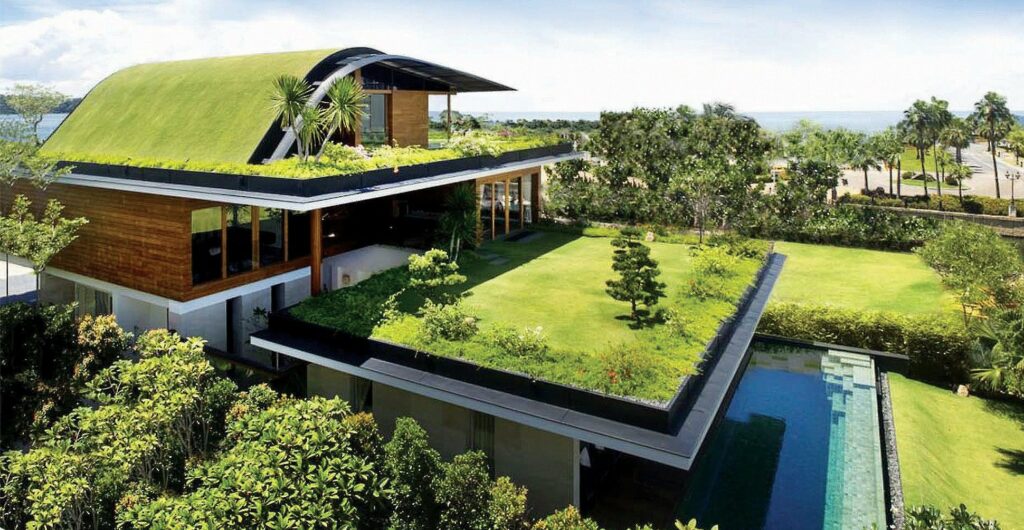
As awareness of environmental issues has grown, the demand for sustainable building practices has increased significantly. The green building movement emphasizes using eco-friendly materials, energy-efficient systems and designs that minimize environmental impact. Builders and designers increasingly choose materials with a lower ecological footprint, such as recycled materials, sustainably sourced wood, and non-toxic finishes. Innovations like bamboo flooring, reclaimed wood, and recycled metal are becoming common in modern homes. Energy-efficient systems are also a key component, with modern homes equipped with solar panels, energy-efficient HVAC systems, and LED lighting to reduce energy consumption and lower utility bills.
Additionally, designs that minimize environmental impact focus on creating homes that harmonize with their surroundings. This includes passive solar design to maximize natural light and heat, green roofs and walls to provide insulation and reduce heat islands in urban areas, and water conservation features like rainwater harvesting and low-flow fixtures. This emphasis on sustainability reflects a broader cultural shift toward environmental responsibility and a desire to create healthier living spaces for future generations.
Smart Homes: Advanced Integration of Technology

The 21st century has also seen the rapid advancement of smart home technology, transforming how we interact with our living spaces. Smart homes are not just about technology, but about the seamless integration of advanced technologies that enhance automation, security, and entertainment, making homes more efficient and connected. Home automation systems allow homeowners to control various aspects of their environment with ease, including automated lighting, heating, and cooling systems that can be adjusted remotely via smartphone apps or voice commands. Smart thermostats, such as the Nest, learn household patterns and optimize energy usage. Modern security systems have also become more sophisticated, with features like smart locks, video doorbells, and surveillance cameras that can be monitored and controlled remotely, providing enhanced security and peace of mind. Entertainment integration is another significant aspect, with advanced systems offering seamless access to music, movies, and other media. Voice-controlled assistants like Amazon Alexa and Google Home manage entertainment preferences, control smart TVs, and connect to streaming services, creating a personalized entertainment experience.
The integration of these technologies not only makes daily living more convenient but also contributes to the overall efficiency of the home. Smart homes are designed to adapt to the needs and preferences of their occupants, providing a more comfortable and responsive living environment. In summary, the 21st century has brought significant sustainable and smart home design advancements. The focus on green building practices reflects a commitment to environmental stewardship while integrating advanced technology, transforming homes into highly efficient and connected spaces. Together, these trends represent a forward-thinking approach to creating eco-friendly and equipped homes for the future
Connect With Me!
I am here to make your real estate dreams come true! Stay tuned for more tips and insights on how to succeed in the real estate market in Stouffville and the Greater Toronto Area. For more updated @vass.sells content and valuable information, follow me on Instagram. Let’s connect and embark on this exciting real estate journey together!
